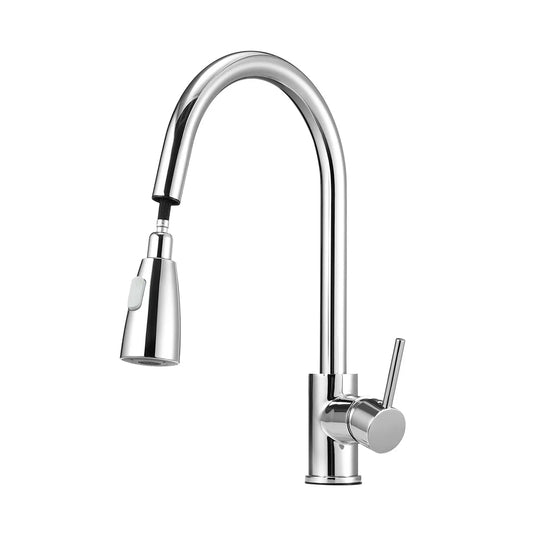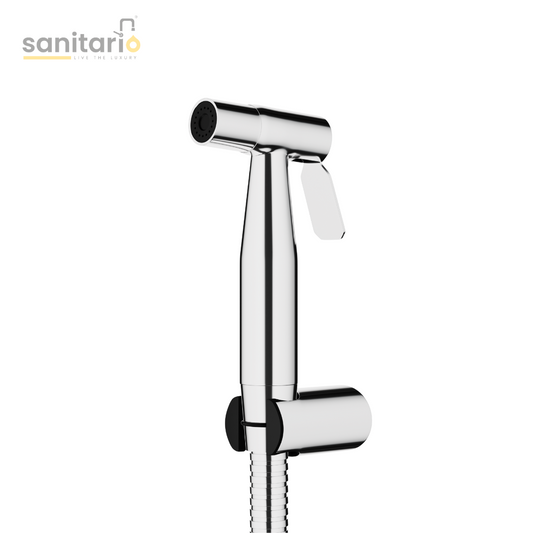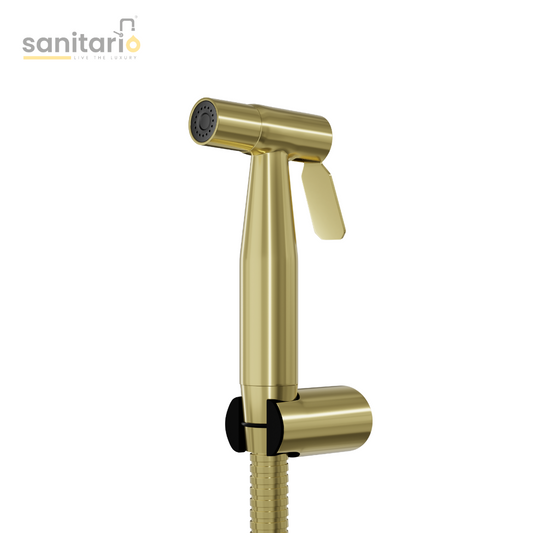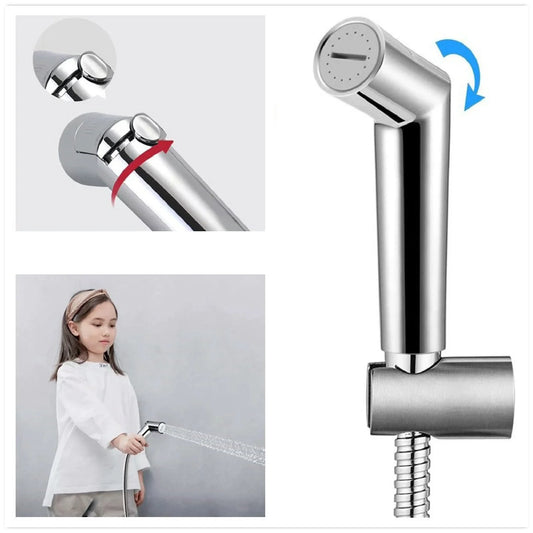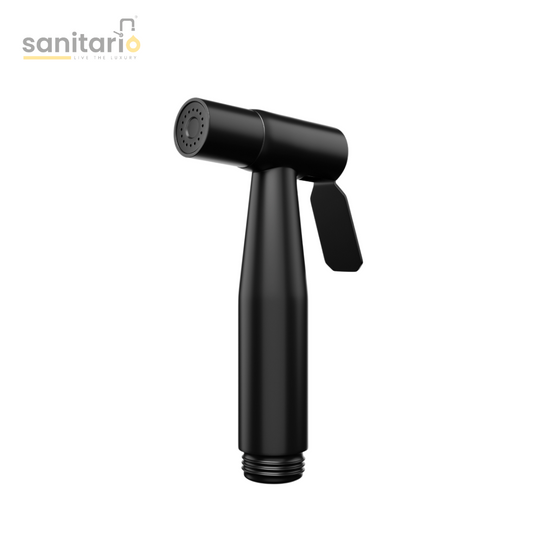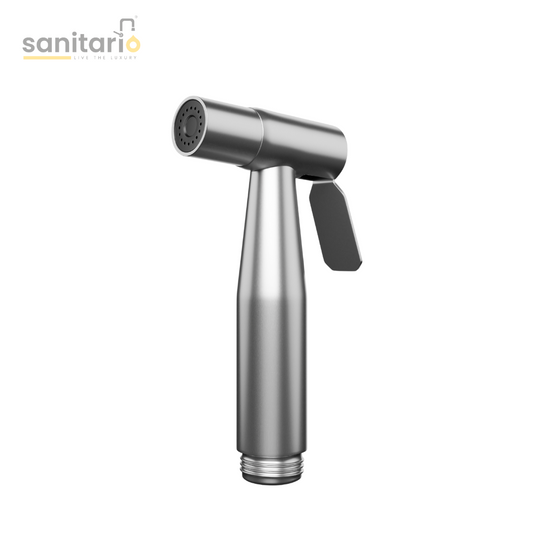Exploring Modern vs. Traditional Faucet Styles for Your Kitchen

In the heart of every kitchen, the faucet stands as a vital yet often overlooked element that seamlessly blends functionality with aesthetics. As kitchen designs evolve, so do the styles of faucets, prompting a closer examination of the choices available. This article delves into the intriguing dichotomy between modern and traditional faucet styles, unraveling the nuances that can significantly impact your kitchen's ambiance.
Understanding Modern Faucet Styles:
In the contemporary realm of kitchen design, modern faucets reign supreme. Sleek lines, minimalistic aesthetics, and cutting-edge technology define this style. Picture a faucet that not only dispenses water but also serves as a statement piece. From touch sensitive controls to futuristic finishes, modern faucets transform the kitchen into a hub of sophistication. Brands like Delta and Kohler showcase exemplary models, setting the standard for modern elegance.
Exploring Traditional Faucet Designs:
For those drawn to timeless charm, traditional faucet designs hold an enduring allure. Ornate details, classic finishes, and heritage-inspired elements transport your kitchen into a bygone era. Think of a faucet as more than a utility but as an heirloom piece that adds a touch of nostalgia. Renowned names like Moen and American Standard offer an array of traditional faucets that seamlessly blend old-world charm with contemporary convenience.
Functionality and Innovation:
The battle between modern and traditional extends beyond aesthetics to functionality. Modern faucets boast innovations like touchless technology features, water-saving features, and with smart functionalities. On the flip side, traditional faucets prioritize a timeless appeal while still embracing user-friendly features. Understanding these differences allows homeowners to align their choice with personal preferences and practical needs.
Material and Finish Options:
Material selection plays a pivotal role in defining faucet styles. Modern faucets often feature materials like stainless steel and chrome, exuding a sleek and industrial feel. In contrast, traditional faucets commonly incorporate brass and oil-rubbed bronze for a warm, classic touch. The choice of materials, coupled with distinct finishes, contributes significantly to the overall aesthetic of the kitchen.
Installation and Maintenance:
Installing and maintaining faucets require careful consideration. Modern faucets may involve more intricate installation processes due to advanced features, while traditional faucets typically follow a more straightforward approach. Understanding the ease of maintenance and potential challenges associated with each style empowers homeowners to make informed decisions. Simple tips can help extend the lifespan of the chosen faucet, ensuring long-lasting functionality and appeal.
Choosing the Right Style for Your Kitchen:
Selecting the perfect faucet style involves a thoughtful evaluation of your kitchen's overall design, personal preferences, and functionality requirements. Consider the existing decor, the vibe you want to achieve, and the practicality of the chosen style. To assist in this decision-making process, we've compiled a checklist, guiding you through key factors that will lead you to the ideal faucet for your kitchen.
Conclusion:
As we conclude this exploration of modern vs. traditional faucet styles, it's evident that each style brings unique character to the kitchen space. By weighing the pros and cons based on your preferences and kitchen design, you can make an informed decision. Embrace the synergy of functionality and aesthetics as you embark on the journey of selecting the perfect faucet. The world of kitchen design awaits, inviting you to explore various faucet options tailored to your newfound knowledge.



